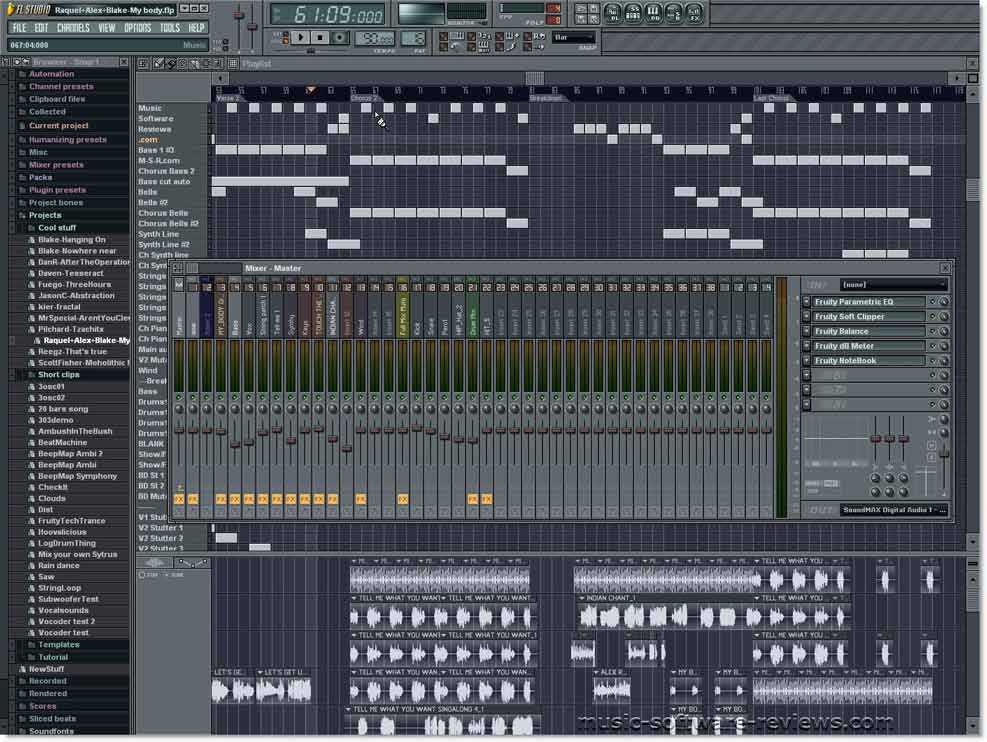
In our “Ext.“ example, these would be the individual audio/MIDI inputs and outputs. If this signal type offers sub-selections or channels, they are available from the lower chooser, or the Input/Output Channel chooser. Within a chooser pair, the upper chooser selects the signal category (“Ext.,“ for instance, for external connections via an audio or MIDI interface), and is called the Input/Output Type chooser. Remember that instruments convert MIDI to audio (see ‘Devices and the Mixer’).

All tracks have audio outputs, except for MIDI tracks without instruments. The lower chooser pair (“Audio/MIDI To“) selects the track’s output.The Monitor radio button selects the monitor mode: the conditions under which the track’s input is heard through the track.Return tracks receive their input from the respective sends (see ‘Return Tracks and the Master Track’). Audio tracks have an audio input, and MIDI tracks have a MIDI input. The upper chooser pair (“Audio/MIDI From“) selects the track’s input.

The Mixer’s In/Out Section and Mixer Section Selectors.įor every track that can play clips, the In/Out section has the same layout: Toggle its visibility using the I/O Mixer Section selector, or via the View menu’s In/Out option. The In/Out section can be independently shown or hidden from the Session and Arrangement Views. The mixer’s In/Out section is Live’s “patchbay.“ Most routing happens in the mixer’s track In/Out section, which offers, for every track, choosers to select a signal source and destination. In the context of Live, “routing“ is the setup of the tracks’ signal sources and destinations (i.e., their inputs and outputs).


 0 kommentar(er)
0 kommentar(er)
